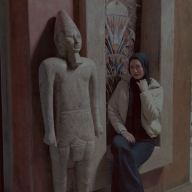Lazy Ant - Web3 Community Builder Mobile App - Case Study
Introduction
Welcome to the case study that delves into the development of Lazy Ant, a mobile application designed to enhance community building for small crypto companies within the Web3 space. By focusing on user-centric design, the project aimed to address the unique needs of these communities, offering seamless integration with Telegram and gamified features to drive engagement. Through this study, we explore the challenges faced, the solutions implemented, and the measurable impact of our design choices on user engagement and platform growth.
Overview
Lazy Ant is a mobile app designed for Web3 communities, emphasizing gamified user engagement and rewards. It provides tools for businesses to manage communities and for users to connect actively. This case study focuses on the app’s UX/UI design, highlighting the innovative solutions tailored to decentralized user needs.
Project background
The app addresses a critical need for improved engagement and management tools in digital communities by offering a platform where users can earn rewards through gamified interactions. This not only enhances user involvement but also aids businesses in building robust, interactive community ecosystems.
What we will cover
In this case study we will explore the UX/UI design process for Lazy Ant, focusing on the challenges, strategic solutions, and the impacts of these decisions on user engagement and community management. It aims to provide insights and practical lessons for designers and industry professionals involved in similar projects.
The objectives & Success metrics
The primary goal for the Lazy Ant project was to enhance user engagement and retention within Web3 communities by improving the user experience and interface. The objective was to design a platform that not only appeals to users with its gamification features but also makes community management seamless and effective for administrators.
Design Process
Research goals & methods
Goals
- Understand how users interact with gamified elements and rewards.
- Identify user difficulties with app navigation and feature accessibility.
- Gauge the effectiveness of community management tools from the perspective of both users and administrators.
Methods
- Surveys and Interviews: Direct feedback from both community managers and members to understand their needs and experiences.
- Usability Testing: Observational studies where users interact with the app to identify usability issues and areas for improvement.
- Analytics Review: Use app usage data to understand where users spend most time and where they drop off.
- Competitive Analysis: Compare features, usability, and user engagement strategies with other Web3 community platforms to identify best practices and gaps.
User Needs
- Interactive Features: Engaging and interactive elements that keep users involved and invested in the community activities.
- Reward Systems: Incentives for participation that provide tangible rewards, making involvement more appealing.
- Usability: A user-friendly interface that is easy to navigate, reducing barriers to entry for new users.
Target Audience
The target audience of the Lazy Ant app includes small crypto companies and their community managers, as well as members of these communities. The app is designed to cater specifically to the needs of smaller entities in the Web3 space, providing them with tools to enhance engagement and manage community interactions effectively. This focus is aimed at those who might not be served by larger platforms, which often cater to bigger companies.
Pain Points
Needs
Competitive Analysis
Defining the problem
Problem Lazy Ant solves
Lazy Ant addresses the lack of specialized tools for small crypto companies to build and manage their communities. Existing platforms target larger entities and often neglect the specific needs of smaller groups, leaving them without appropriate resources to engage their users effectively.
Problem Context
Most existing Web3 community platforms are designed for large crypto companies and operate primarily through desktop interfaces and platforms like Discord, which might not be ideal for all users. Small crypto companies struggle to find solutions that cater to their scale and preferences, such as those preferring mobile accessibility and platforms like Telegram. Lazy Ant fills this gap by offering a mobile-friendly solution that enables small companies to create engaging community interactions through quests and rewards systems.
User Personas
Persona 1
Persona 2
User Journey Map
This map tracks a user from their initial interest in finding a suitable Web3 community platform, through engaging with the community via quests, to earning rewards and evaluating their experience, providing insights into user goals, thoughts, feelings, and potential improvements at each stage.
Detailing a typical interaction scenario with the Lazy Ant app:
Information Architecture
Typography
Color Palette
Neutrals
Sematic
Secondary
UI Mockups (Visuals)
Conclusions and Final Thoughts
Reflecting on the Lazy Ant project, the process of designing a user-centric Web3 community builder app provided numerous insights. Through user research, design iterations, and ongoing feedback, we developed a platform that significantly improves engagement for small crypto companies. Key metrics demonstrated this success: a 28% increase in user retention and a 46% increase in daily active users within the first three months post-launch. The positive user feedback highlighted the effectiveness of our tailored features, such as the seamless Telegram integration and the rewarding XP system. These outcomes not only validated our design approach but also underscored the importance of closely aligning with user needs and preferences. This project was a powerful reminder of the potential impact thoughtful design can have on community dynamics and user satisfaction.
Tools used
From brief
Topics
Share
Reviews
14 reviews
You have presented a comprehensive UX/UI case study for design the mobile app – Lazy Ant. You have shared well your design process, UX research, insight development, and final solutions regarding features, UI look and feel. These are awesome.
However, as your design seems to respond to the design brief of "inclusive" "pride" movement, it would be more relevant if you could coin a prominent/unambiguous UX copy regarding the theme, e.g. in the landing page. That being said, I interpret you intend to use the color scheme in the current design to speak for the theme, though. Right?
Overall, your case study is good.
The case study is thoughtful and easy to follow. However, I agree with the feedback that less is more—the design appears a bit cluttered to me.
More importantly, your landing page and case study should reflect the Pride Month theme; otherwise, you won't be considered for the design contest. Additionally, apart from the LGBTQ+ topic, your work doesn't meet the design brief requirements as it reflects a case study of a mobile app, not a landing page.
I like your work, but it's not suitable for this design brief and contest. Please ensure your future submissions align more closely with the requirements.
Ulvin, great job. Your case study looks detailed, professional, and very well done.
Hi Ulvin,
The Lazy Ant app design is fresh and user-focused, offering a seamless Web3 community experience. The interface is modern and easy to navigate, with a great balance of functionality and design. Adding dynamic transitions or animations could enhance the experience even more. Great job overall!
Hey Ulvin, the project & case study are pretty solid with a complete set of well-prepared design deliverables & aesthetically pleasant UI. Unfortunately, the project won't be included in the contest judging due to not addressing the contest brief task.
Beautiful colours are used for this project, which somehow can be perceived as a Pride Month celebration. However, the main task was to show the “company's dedication to diversity and inclusivity”, which I can’t see was archived or mentioned.
In design less is more. I love the way you approached and designed the website. Keep up the great work.
Completely irrelevant to the competition theme
You've heard this by now 🙈 but the goal was, "...celebrates Pride Month, incorporating visual elements that show support for diversity," and the use of the rainbow gradient doesn't make it clear to me. It looks like that is just the colour scheme for the Lazy Ant brand.
But that aside...
Pros:
I like the clear and methodical layout of the case study. Nice to see how you took the research along and turned the insights into the features we see in your design. I like the gamification elements like the diamond and the trophy to indicate points and ranking. Your presentation of your landing page is also really good.
Improvements:
The body text colour is too light for me, I might be old hahaha but I had to zoom in to read. Also for consistency, I see sometimes the button text is capitalised and sometimes not, so it was unclear to me if you meant to do this or not.
Good job and keep at it!
Your Case Study inspired me for my future works
You might also like
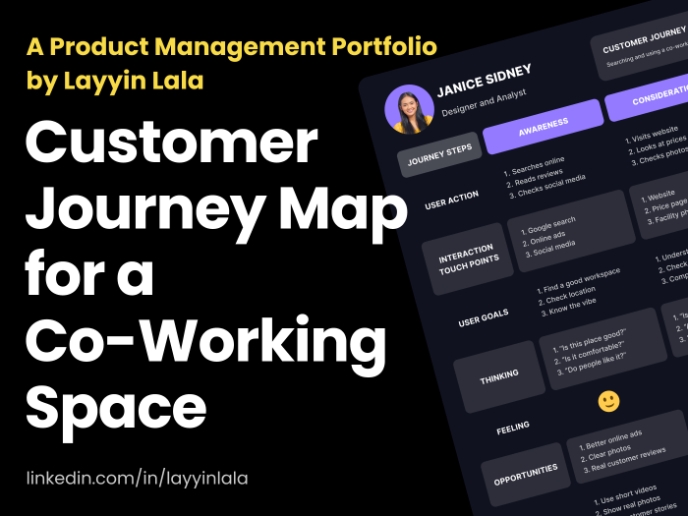
Customer Journey Map for a Co-Working Space
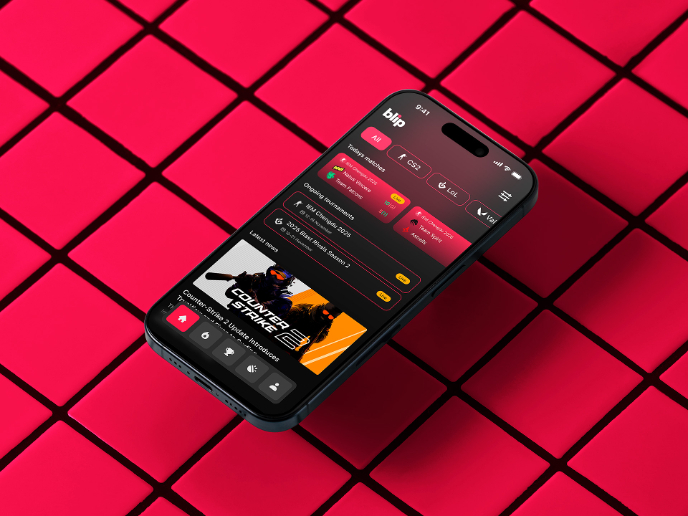
Blip - Esport app design (Light & Dark UI)
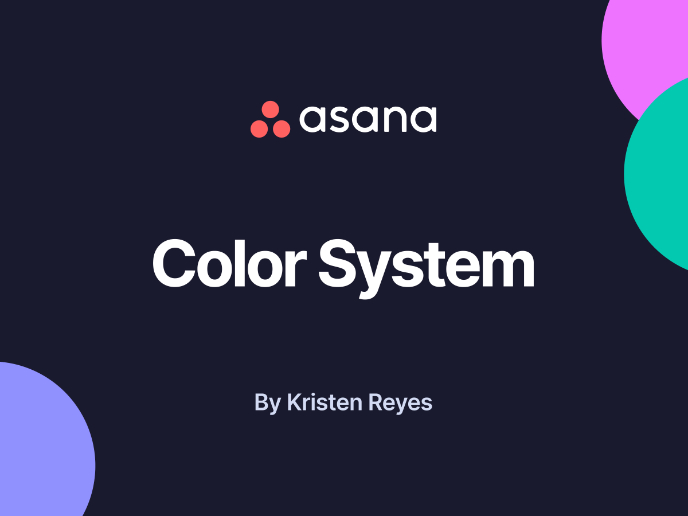
Reimagining Asana's Color System
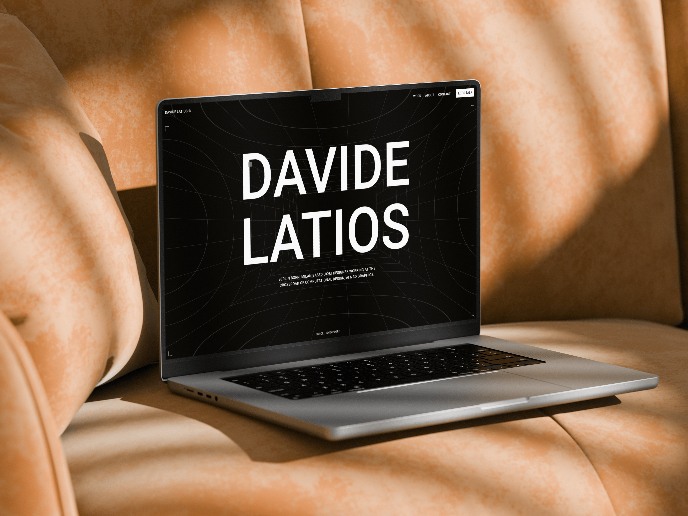
Latios - Free Portfolio Template for UX/UI Designers
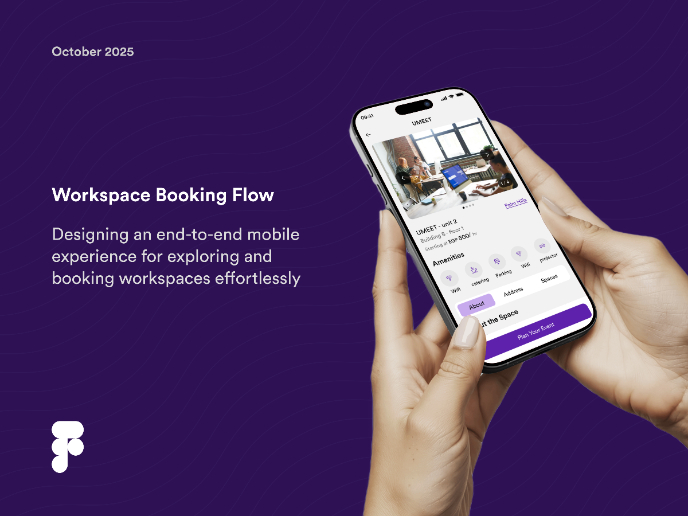
Workspace Booking Flow - UI/UX Design
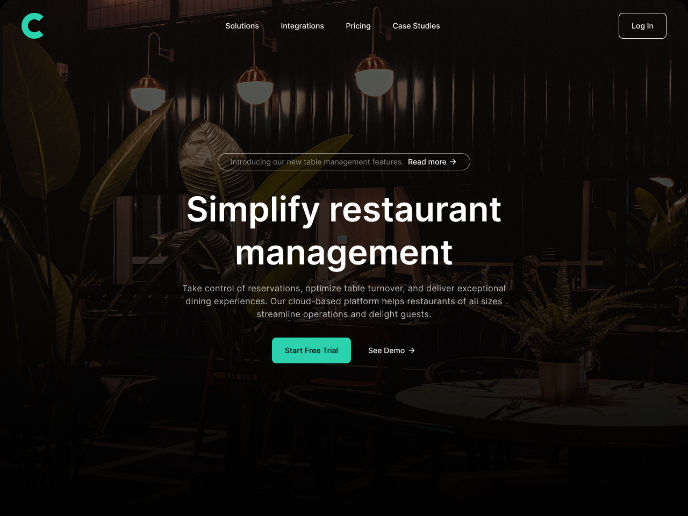
Responsive Main Screen
Content Strategy Courses

UX Writing

Common Design Patterns










































